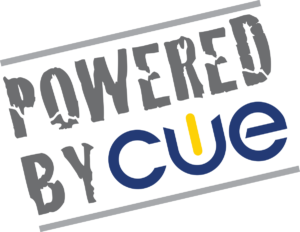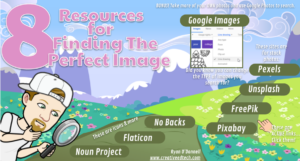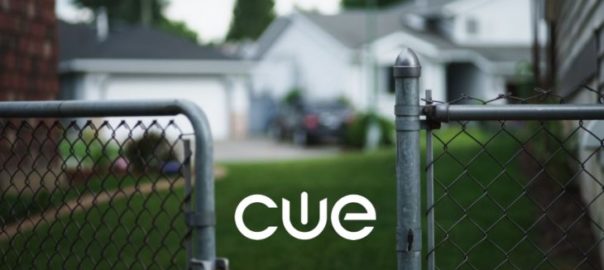If you are a Google Certified Innovator or Trainer you probably have been bursting at the seams with some serious news! Google is rolling out some amazing updates this coming Fall, and it’s time to share that inside scoop. So what is next for educators who use Google?
Google Classroom
First, you may have heard about the updates coming to Google Classroom. A new Classwork page will give teachers more organizational functionality with the ability to group and reuse assignments in one location. Next, the Stream page will get a new look, allowing a collapsed view, so students can see more content. Google has also reorganized so all stakeholders are on one page called People. Settings will also be consolidated, making it easier to use. My favorite update, though, is the ability to create Locked Quizzes in “locked mode.” If you are interested in getting early access to these features, simply fill out the form Google provided.
Google Earth
At ISTE, Google launched the Measure Tool, Teacher Authored Voyager Stories, new data layers, and recently localized the Google Earth website to eight languages. Looks like I’ve got some exploring to do!
CS First
CS First is a new program brought to educators to teach Computer Science. The curriculum utilizes block coding with Scratch, as well as lesson plans all created around themes. Check it out!
Chromebooks
With apps for creativity, the new Staedtler stylus, and VR capabilities with AR coming this fall, Google is excited about the new Acer Chromebook Tab 10. At ISTE, Google also shared locked mode in Quizzes in Google Forms only on managed Chromebooks, and exciting admin features such as Off Hours, where students can bring their own devices and have them managed during school hours. Stay tuned for more exciting news coming this fall.
Google AR / VR
The AR functionality in the Expeditions app enables teachers and students to bring virtual objects into their physical space, bringing abstract concepts to life. Students can see and walk around the object as if it were right there in the room. Watch out for that tornado on your friend’s head!
Tour Creator is a way for anyone to easily create virtual reality tours, using footage from 360 cameras or picking from the existing Street View content. You can annotate it to provide details and facts. Then, you can publish to Poly, Google’s library of AR/VR content (https://poly.google.com/), to be viewed on the web or embed to your website. Later this year, Google will add the ability to import these tours into the Expeditions application.
Applied Digital Skills
Google is also rolling out new free digital curriculum, Applied Digital Skills. The curriculum integrates video-based and blended learning content for teachers to use to enhance their classroom lessons. Plus it has a path for students to practice problem solving at their own pace. Stay tuned for more!
There’s the Google inside scoop. Almost as tasty as a double scoop on a hot July day!




